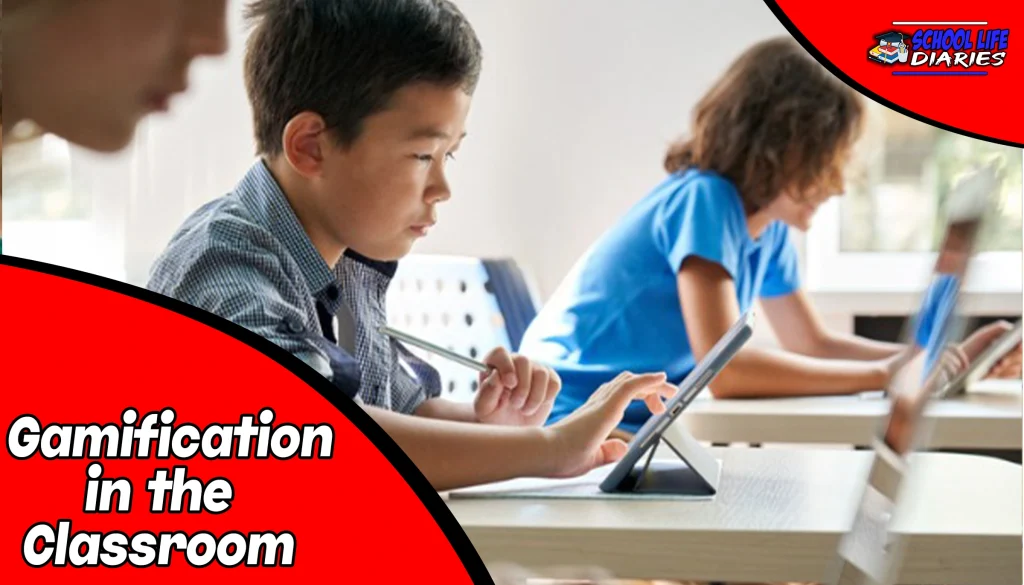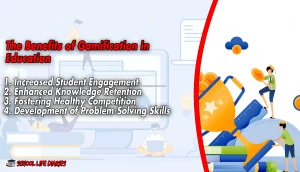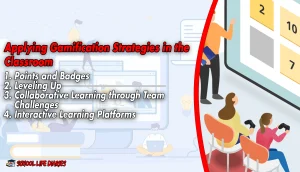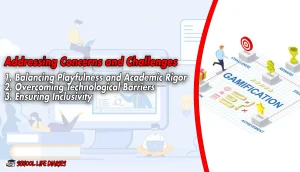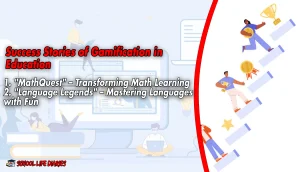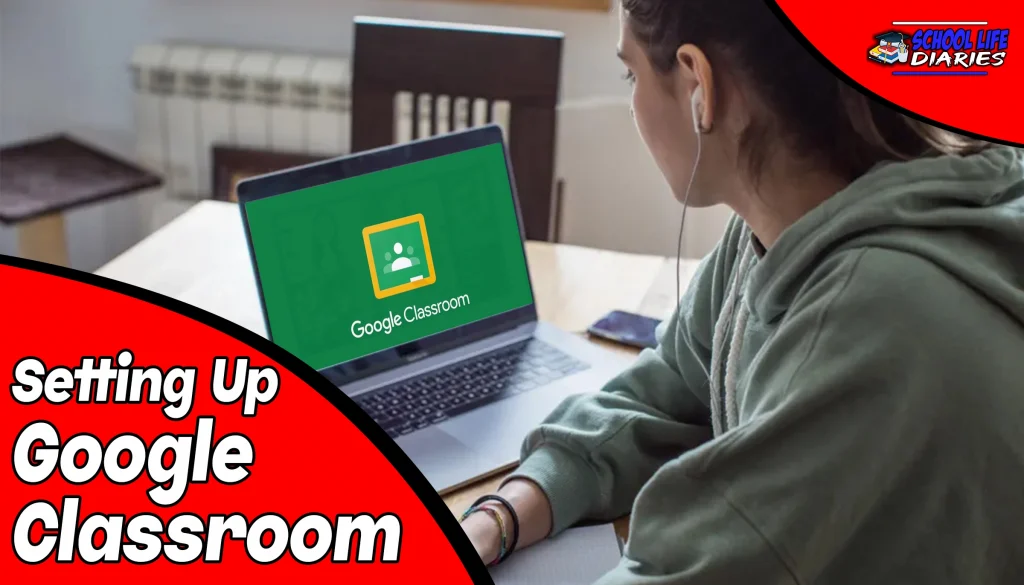In recent years, the educational landscape has undergone a significant transformation, with educators exploring innovative approaches to captivate students’ attention and enhance learning outcomes. One such powerful technique gaining traction is “gamification” – the integration of game mechanics and elements into non-game contexts, such as the classroom.
By leveraging the principles of play and competition, educators can create an engaging learning environment that fosters active participation, motivation, and knowledge retention. This article delves into the concept of gamification in the classroom and explores its benefits and practical applications.
Understanding Gamification
Defining Gamification
Gamification involves the application of game design elements, such as points, rewards, challenges, and leaderboards, in a non-game context to incentivize and motivate learners.
The Psychology Behind Gamification
Gamification capitalizes on fundamental psychological factors, including the human desire for achievement, status, and social interaction, to create a positive and immersive learning experience.
The Benefits of Gamification in Education
Increased Student Engagement
Through gamification, classrooms become dynamic and interactive spaces where students actively participate in their learning journey.
Enhanced Knowledge Retention
Gamified lessons stimulate long-term memory retention by associating new information with positive emotions and rewards.
Fostering Healthy Competition
Gamification introduces an element of healthy competition, encouraging students to challenge themselves and strive for continuous improvement.
Development of Problem-Solving Skills
Games often present challenges that require critical thinking and creative problem-solving, skills that are essential for academic and real-life success.
Applying Gamification Strategies in the Classroom
Points and Badges
Awarding points and badges for completing tasks or exhibiting desirable behaviors encourages students to take ownership of their learning.
Leveling Up
Students can progress through different levels of difficulty as they master concepts, offering a sense of achievement and progression.
Collaborative Learning through Team Challenges
Introducing team-based challenges fosters cooperation and teamwork, while also promoting peer-to-peer learning.
Interactive Learning Platforms
Digital learning platforms with gamified elements make education more enjoyable and accessible to students.
Addressing Concerns and Challenges
Balancing Playfulness and Academic Rigor
Educators must strike a balance between fun and learning objectives to ensure the gamified approach remains effective.
Overcoming Technological Barriers
Implementing gamification may require investment in technology and teacher training, which can present challenges for some educational institutions.
Ensuring Inclusivity
It’s crucial to design gamified experiences that cater to diverse learning styles and abilities, ensuring every student can participate and thrive.
Success Stories of Gamification in Education
“MathQuest” – Transforming Math Learning
MathQuest, a gamified math learning app, has helped students improve their math skills significantly through interactive challenges and rewards.
“Language Legends” – Mastering Languages with Fun
Language Legends, an online language learning platform, has revolutionized how students acquire new languages by making the process enjoyable and engaging.
FAQs:
Is gamification suitable for all subjects?
Gamification can be applied to various subjects, but its success depends on how well the game elements align with the learning objectives.
What age group does gamification work best for?
Gamification can be adapted to suit learners of all ages, from elementary school to higher education.
Are there any risks to using gamification in education?
While gamification has many benefits, it’s essential to address concerns related to screen time and potential distractions.
How do educators measure the effectiveness of gamified experiences?
Educators can assess gamification’s impact through student performance, engagement levels, and feedback.
Is gamification only useful for academic learning?
No, gamification principles can also be applied in corporate training and various other learning environments.
Conclusion:
Gamification is a powerful tool that holds immense potential to transform traditional classrooms into dynamic, interactive, and enjoyable learning spaces. By tapping into the intrinsic motivations of students, educators can create a lasting impact on their academic journey, fostering a love for learning that extends far beyond the classroom walls.

